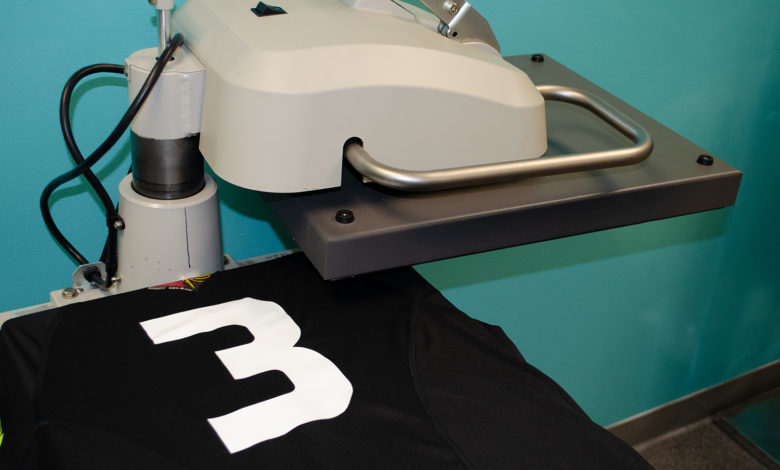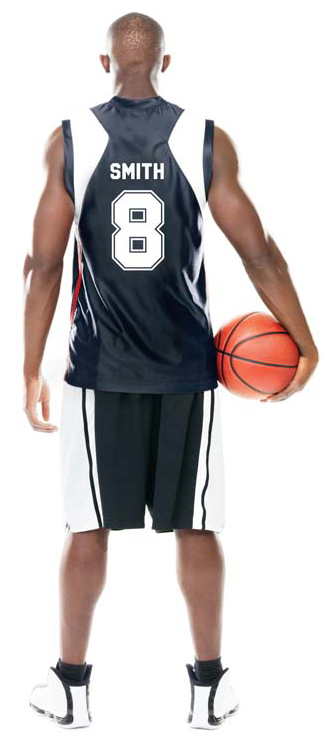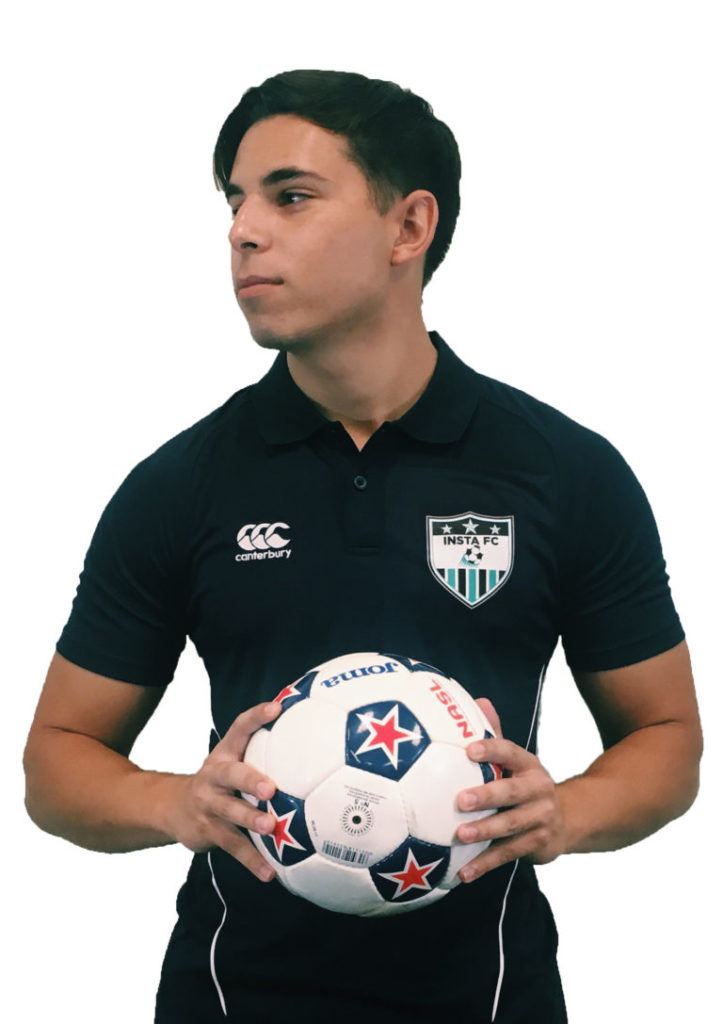
With the continued growth in the athletic and sports uniform market, it is little wonder that this segment of the sportswear apparel business is booming. While the demand for sport-specific clothing is increasing, so is the need to decorate apparel. To enhance apparel with logos, motifs, badges, emblems, and other diverse decorative embellishments, the task for garment decorators can be complex because of varying fabric and apparel finishes.
Screen-printed heat transfers are adaptable
One garment embellishment that can meet the needs of high-tech performance fabrics is the versatile screen-printed heat transfer. With its unrivaled print definition, unlimited vibrant colors, stretch, and abrasion-resistant performance, heat transfers provide an excellent embellishment decoration for many fabric and garment specifics.

Its adaptable “go-anywhere” characteristics make it an ideal choice for companies that demand a fast and cost-efficient way to embellish multiple apparel styles. With an array of garments needing to be customized with multiple embellished designs, heat transfer is an effective choice. It eliminates time-sensitive problems that arise with direct printing methods. It can accommodate printing multiple and repeatable garments in quick succession.
All athletic garments are constructed with wearer performance and comfort in mind. The type of fabric required for the garment will depend upon the intensity of the exercise and activity; therefore, the heat transfer must stretch and flex with the fabric and keep its original shape during rigorous exercise then afterward during repeated wash cycles.
Sports athletic fabrics are produced from high-performance materials, which can exhibit high stretch elasticity, breathability, creating unhindered movement. The job of the heat transfer is to integrate with the physical and functional attributes of each garment.
Athletic wear can be defined as activewear garments for a range of sports or physical exercise. Whether for practical comfort or safety reasons, typical athletic garments can include T-shirts, polo shirts, tracksuits, hoodies, leggings, shorts, pants, shoes, socks, and headwear.
Athletic wear garments are manufactured for high-performance uses. The fabrics used in these garments are produced from four standard materials: polyester, double-knit polyester, mesh polyester, and poly-cotton. These materials have similar characteristics that can enhance wearer comfort and mobility with a stylish appeal. Additionally, many sports garments are made with surface treatments and moisture-wicking components without sacrificing wearer comfort and durability.

The advantage of using heat transfers can be observed in the diverse range of garments that need to be decorated. Each garment and its unique structure can vary in many ways. The fabric can be lightweight or heavy and shaped with an array of integrated fabric panels and surface textures, making print application an impossible task for direct printing methods.
Applying heat transfers onto pre-made garments with numerous accessories near pockets, buttons, zippers, and fabric-sewn panels makes embellishment a formidable challenge. Companies wanting to maintain low apparel inventories can now print without time-consuming printing processes. With the heat transfer already pre-applied, this offers unlimited potential for companies’ speed-to-market efficiencies.
If asking “screen print vs heat press”, the answer is clear: Heat Press. The versatility of heat transfers enables repeatable time, temperature, and pressure parameters to deliver perfect transfer adherence. With the ease and speed of application onto performance wear, heat transfers are recognized as a durable, convenient, and efficient way to decorate activewear.
